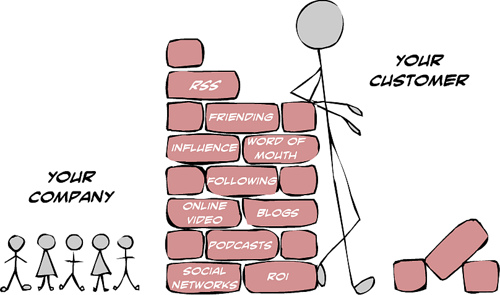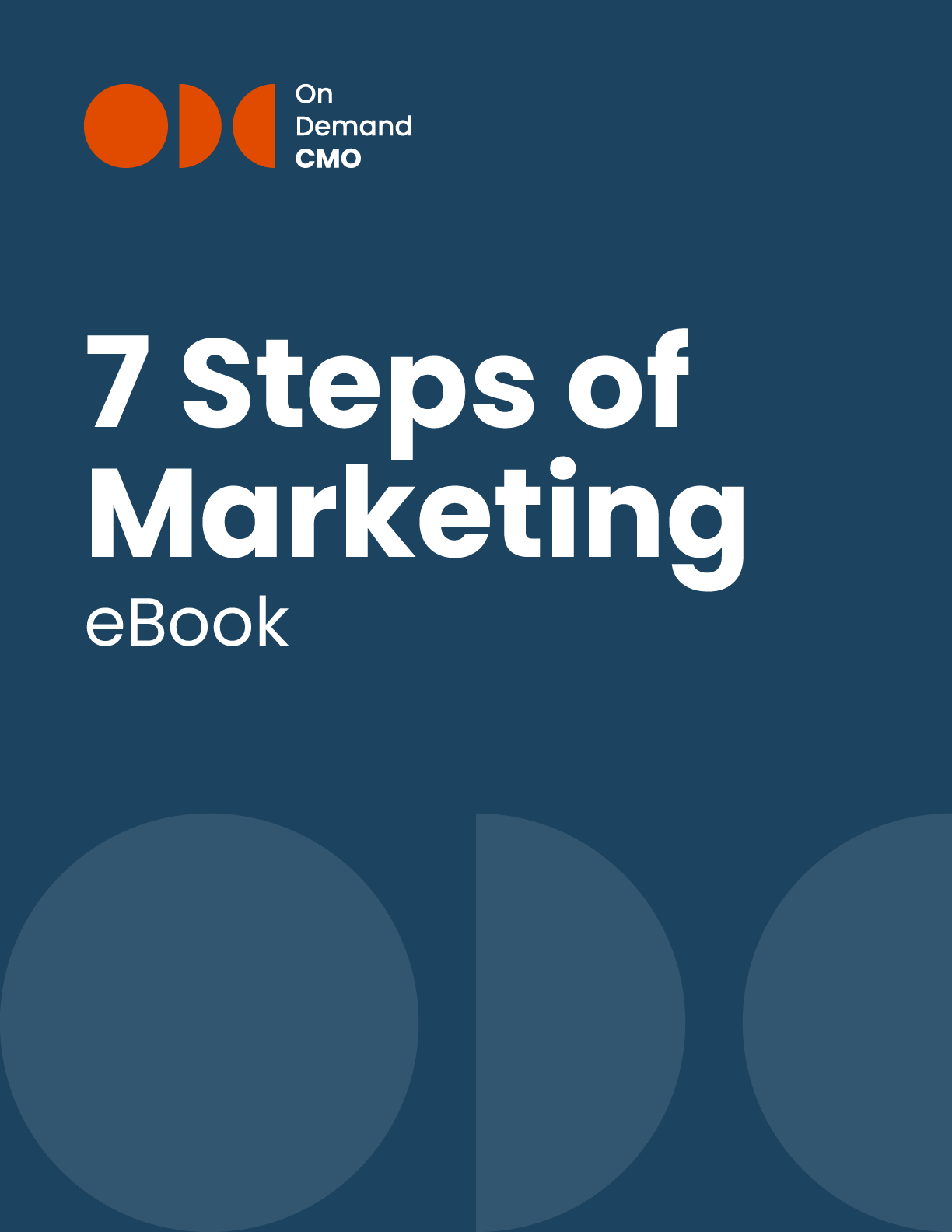
It’s a journey that’s getting more complicated and complex as online marketing, mobile marketing and social media marketing all come into the mix, but it is still a journey that goes through a series of fairly well-known phases.
There is the (1) awareness phase, when a prospect is first learning about your offering. Hopefully that’s followed by the (2) engagement phase, when the prospect has made the decision to learn more. If all goes well that’s followed by the (3) purchase intent phase, when the customer commits to a purchase or trial. After that, a successful relationship continues into the (4) loyalty phase, as the customer continues to buy from you and, increasingly important in today’s world of social media, the (5) advocacy phase, when your customer lets others know how wonderful you are.
When it comes to metrics, actual sales are always the gold standard for evaluating the success of your overall marketing effort. But you can have good sales and still be leaving money on the table if you are falling down at any one of the five phases. That’s why it’s important to gather metrics at each stage of the cycle. That’s the only way to get a good grip on what in your marketing is working well and what needs improvement.
If you want to see if awareness has increased, you need to answer the question, “Did they see it?” You need to measure if whatever tactic you employed drove traffic to your website. Your metrics could be impressions, # of visits, # of page views, # of clicks on ads, click-thru rates, and your connect rate.
In social media, you can look at: Conversation rates, such as comments on your blog, your Facebook status, tweet messages; Amplification rates such as retweets, Facebook shares, YouTube share clicks, etc; and Applause rates, which include Twitter favorites, Facebook likes and Google’s +1’s.
At this step of the cycle, you are looking to see if the marketing tactics you used drove action. A good KPI for this objective could be registrations—to an event, to a download for premium content like a white paper or research, etc. Metrics for this objective could be # of clicks on the site, average # of clicks/visitor, cost per click, rich media interact rate, video completion rate or cost per view.
You want to determine whether you have driven sales; you are answering the question “Did they buy it?” Your KPIs revolve around conversions. In addition to actual sales, metrics for measuring success on purchase intent or trial could include things like # of clicks on buy buttons. Here you also want to know sources using tracking codes or tags that will let you know who is driving the best leads to you.
If you can measure repeat purchases and establish metrics such as average-number-of-visits-per-visitor or number of email subscribers, you can get a good sense of your loyal customer base.
Once the sale is made, you are looking for your customer to become “brand ambassadors.” You want to know if they shared their enthusiasm on social sharing sites or networks. Metrics could include the # of clicks on sharing buttons and # of inbound links.
In all cases, you are determining KPI’s and metrics to help guide you to an ROI calculation. You will want to see how successful your initiatives were, how quickly and effectively your strategy and tactics worked—or didn’t—and what you need to do to make the results better.
Our short assessment is designed for leaders who want clarity, not noise. See how your current marketing strategy aligns with your growth goals and where focused adjustments could make the biggest impact.

OnDemandCMO has authored 7 Steps of Marketing, the only marketing guide book you’ll need to either get your marketing started properly, or stay on track strategically.
It features best practices on branding, messaging, social media, lead generation and much in between.
Please let us know who you are, and we'll share a few of our secrets (we don't sell or trade your info)!